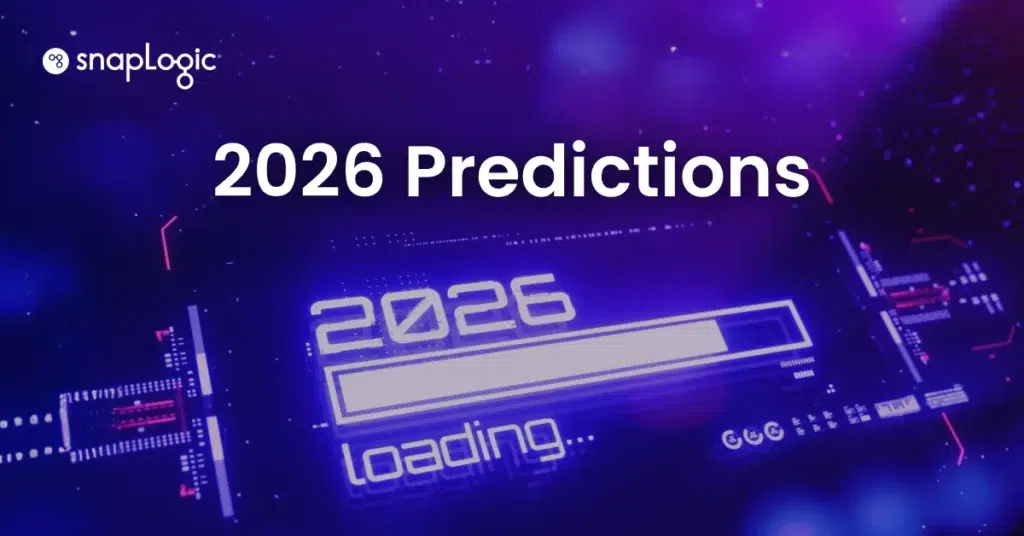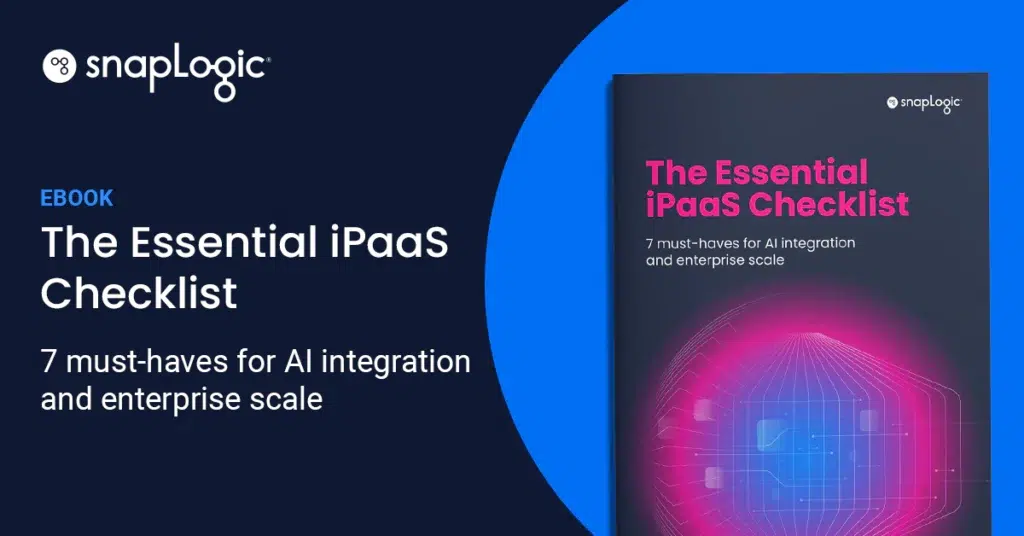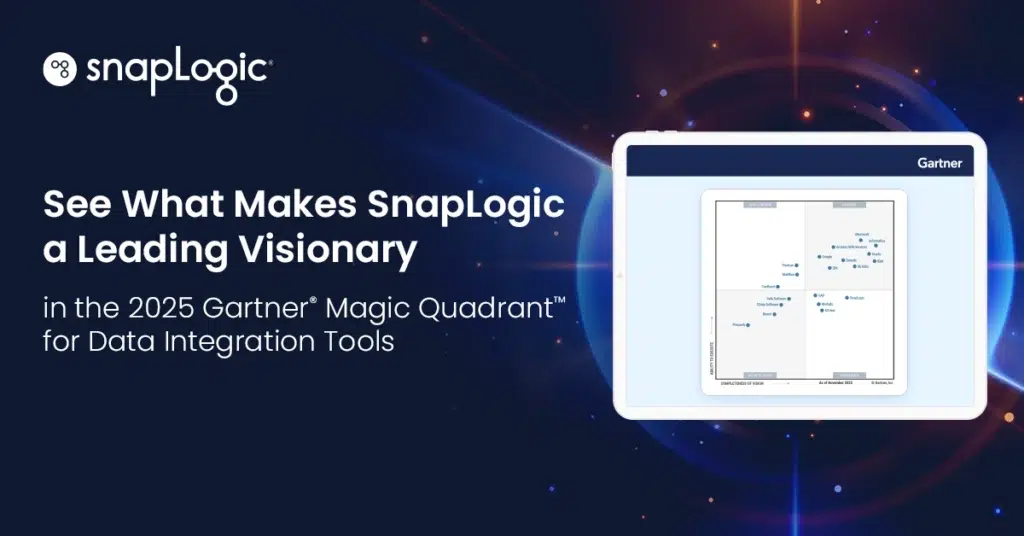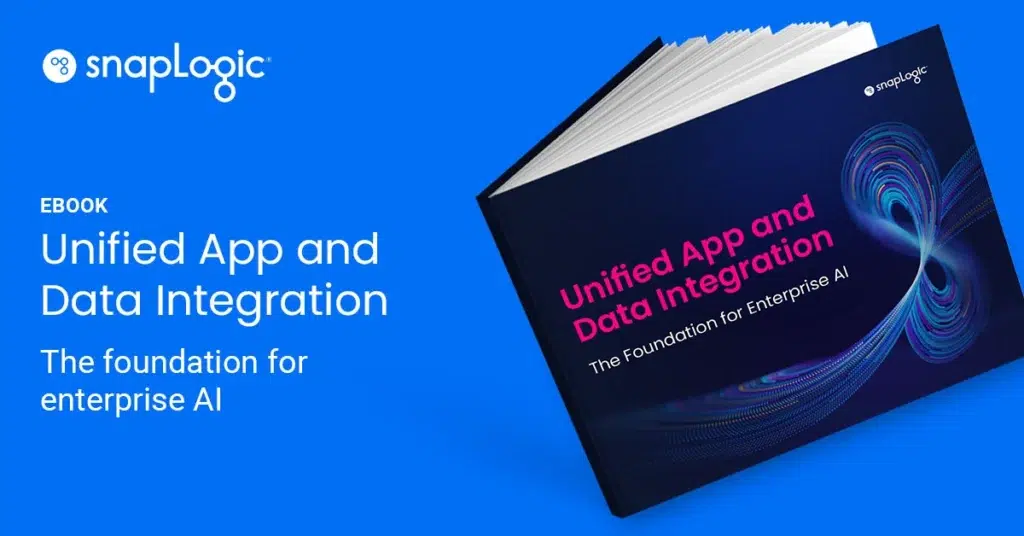What is data lineage?
Data lineage refers to tracking and visualizing how data flows throughout its lifecycle, from origin to final destination. Data lineage documents how data moves across different systems, transforms, and interacts with various processes, providing a clear view of its journey.
Key components of data lineage
- Origins: identifies the data source (e.g., databases, APIs, or files)
- Transformations: logs changes or modifications applied to the data, such as cleaning, aggregating, or reformatting
- Flow: maps the movement of data through pipelines, systems, and applications
- Usage: tracks where and how the data is consumed, such as in analytics, reporting, or decision-making processes
What are the benefits of tracking data lineage?
- Enhances data governance and ensures compliance by documenting how data is handled and processed
- Enables impact analysis by showing dependencies between datasets and processes
- Improves data quality and trust by offering transparency into the data lifecycle
- Facilitates debugging and resolving issues in data pipelines








